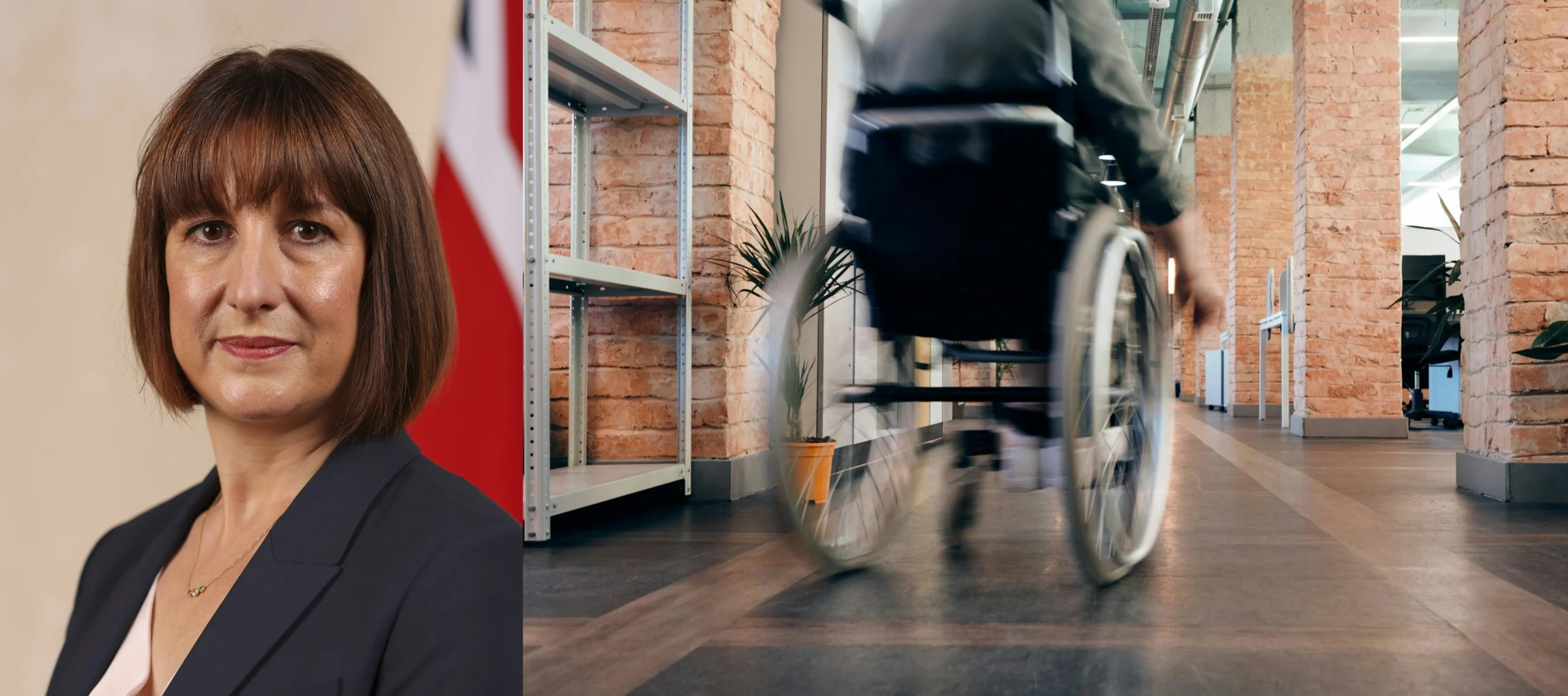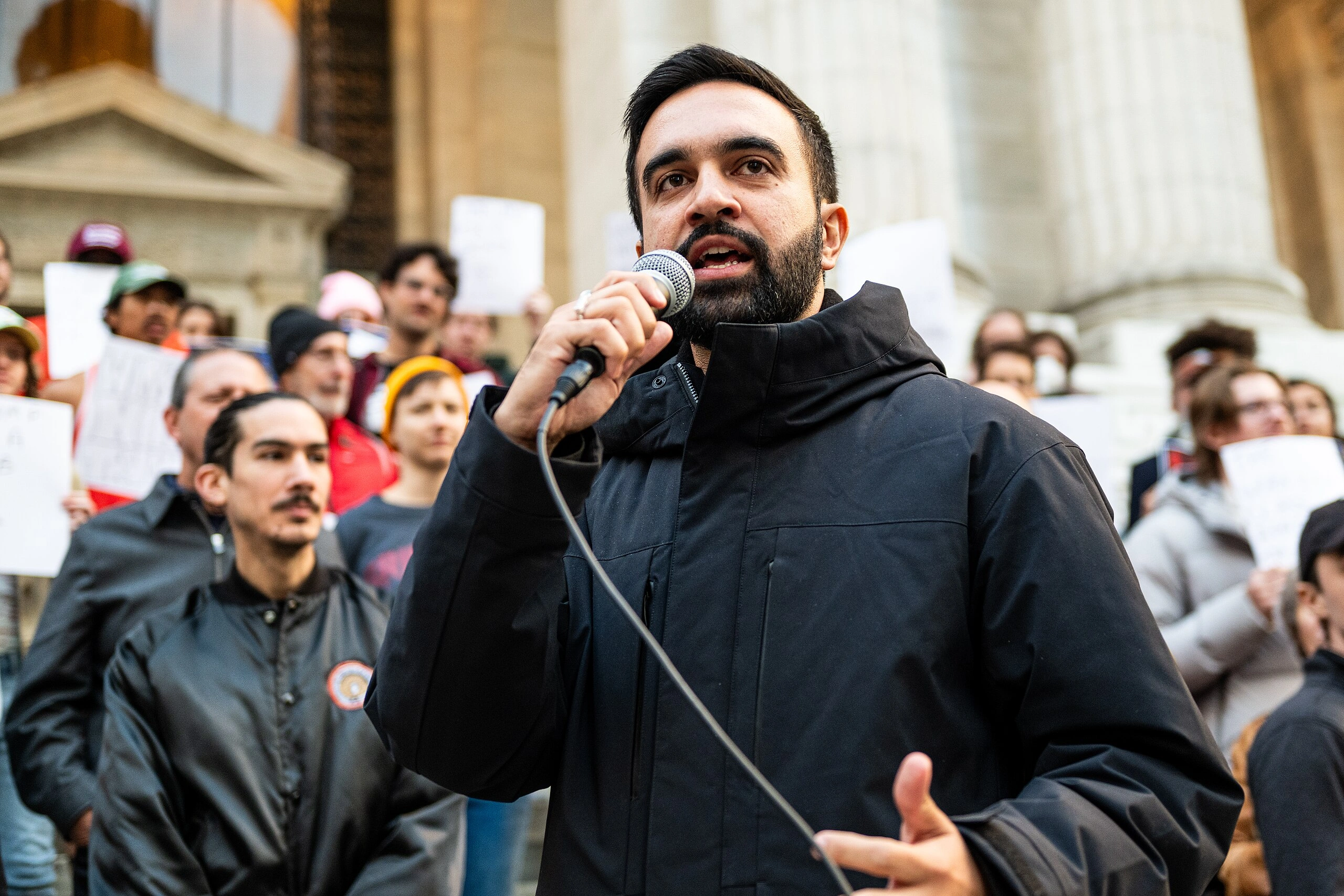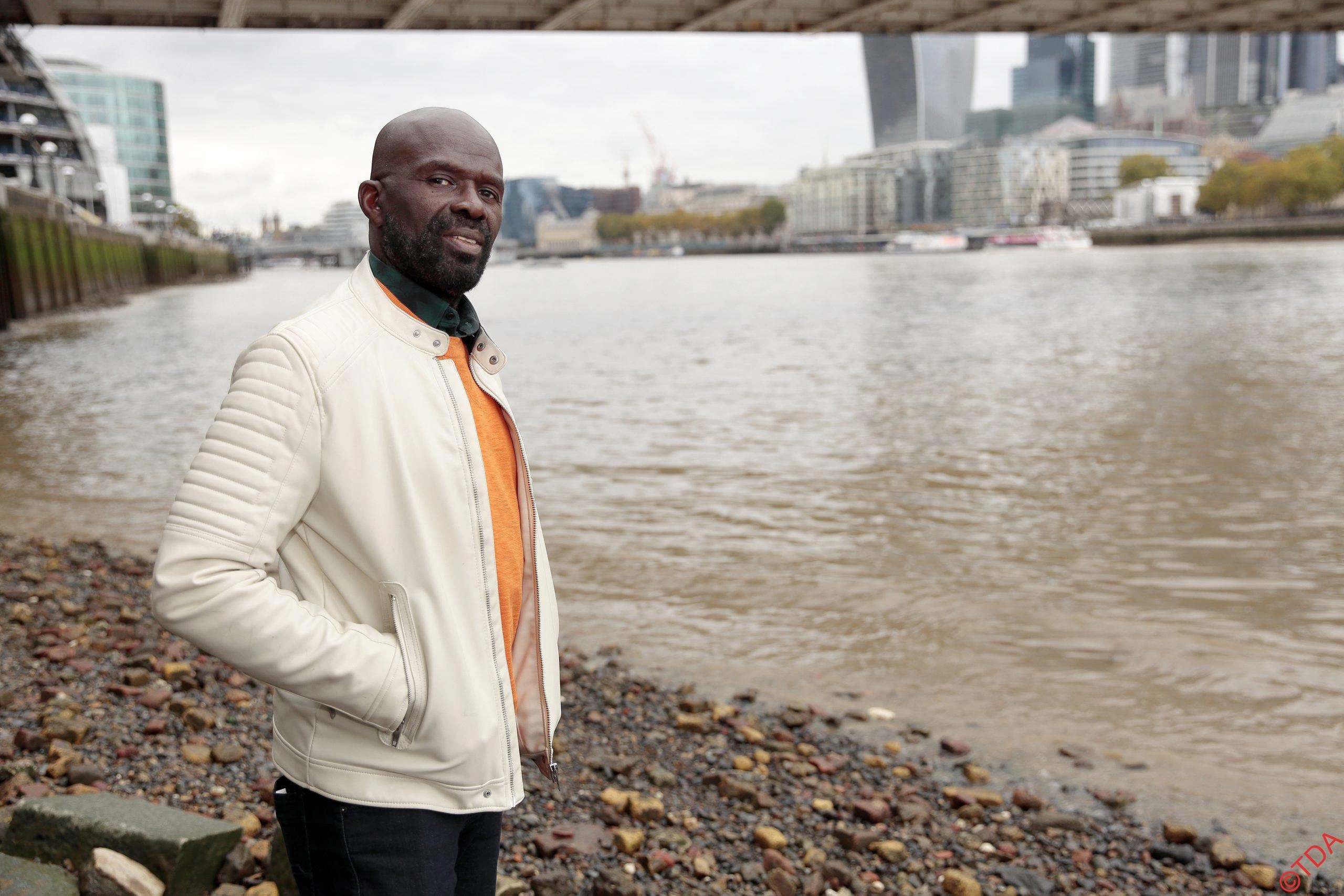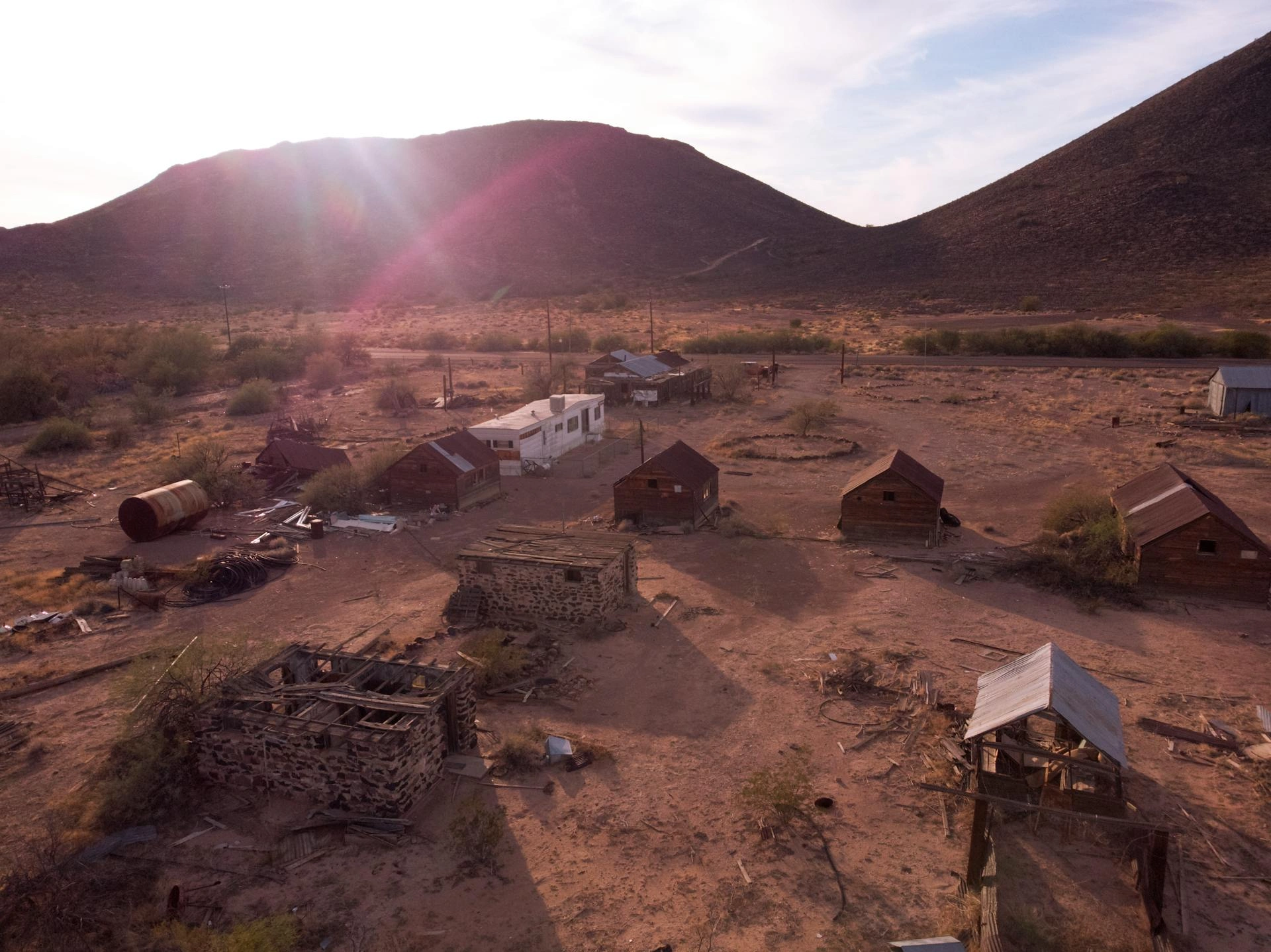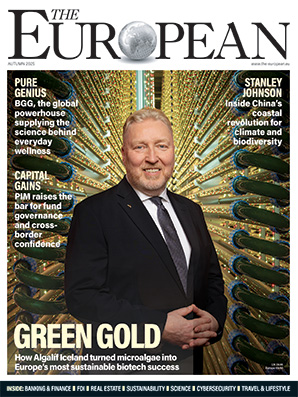This peaceful English estate is about to be overrun by supercars — here’s why you should go now

Mark G. Whitchurch
- Published
- Opinion & Analysis
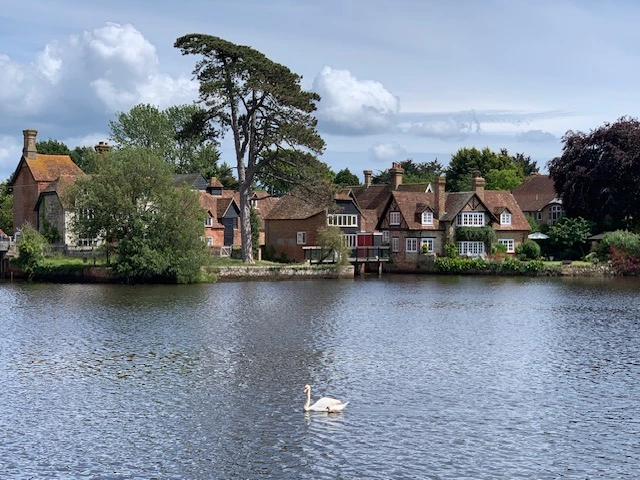
Before Beaulieu’s quiet New Forest estate roars to life with supercars this summer, visitors have a rare chance to explore Britain’s National Motor Museum at a slower pace and without the crowds. With over 280 vehicles, a rich motoring history, and the charm of a working country estate, it’s one of the UK’s most rewarding cultural detours this summer, writes Mark Whitchurch
This summer, travellers heading to the south of England will find one of the country’s most distinctive cultural attractions tucked away in the New Forest. Beaulieu, a historic estate surrounded by woodland and winding country roads, is home to the National Motor Museum, Britain’s flagship collection of motoring history, engineering achievement and mechanical ambition.
Set in the heart of the New Forest, the museum offers a snapshot of Britain’s motoring past, present and future, all within the grounds of a working country estate.
In a few weeks’ time, on the 2nd and 3rd of August, Beaulieu will host its biggest annual event: the Supercar Weekend, a high-octane celebration of modern performance cars. Thousands of spectators will descend to see Ferraris, McLarens, Lamborghinis and more displayed across the lawns, with engine start-ups, parades, and the full symphony of revs, roars and camera shutters. It’s an extraordinary event, full of noise, crowds and high-performance machinery. But if you’d rather avoid the crowds and take your time with the museum itself, now is the ideal moment to go. Until Supercar Weekend arrives, the grounds remain quiet and unhurried, offering a rare chance to explore one of Britain’s most remarkable collections at your own pace.
Beaulieu’s story begins in the late 19th century, when the then Lord Montagu, owner of the 1,000-acre estate, became one of Britain’s earliest champions of the motor car. A member of Parliament, he lobbied for more progressive motoring laws and helped generate enthusiasm for cars within the Royal Family. In many ways, he was Britain’s original petrolhead, using his influence not just to support innovation but to help shape the national conversation around motoring.
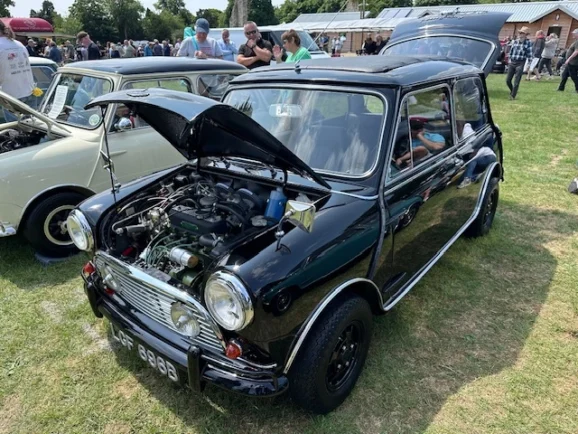
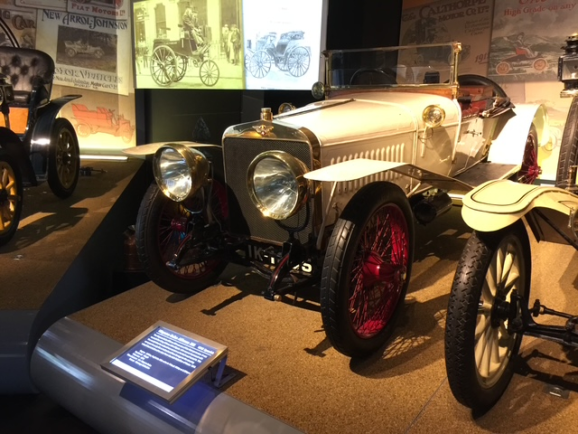
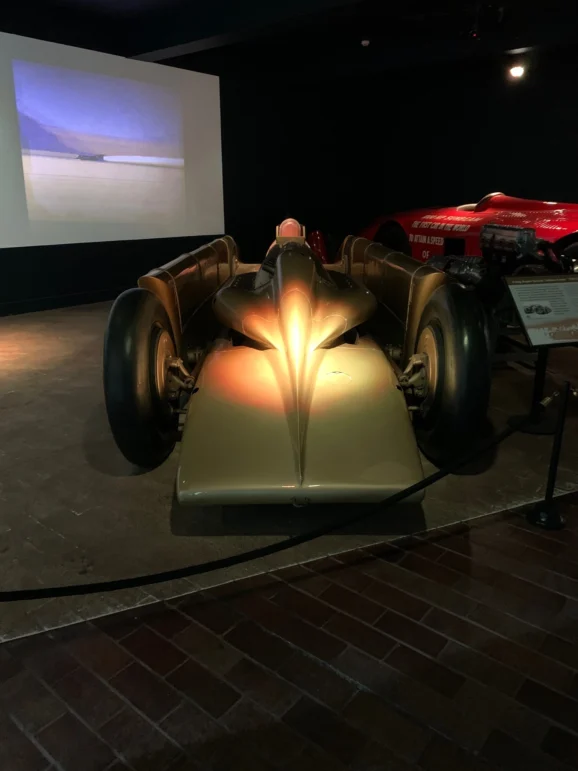
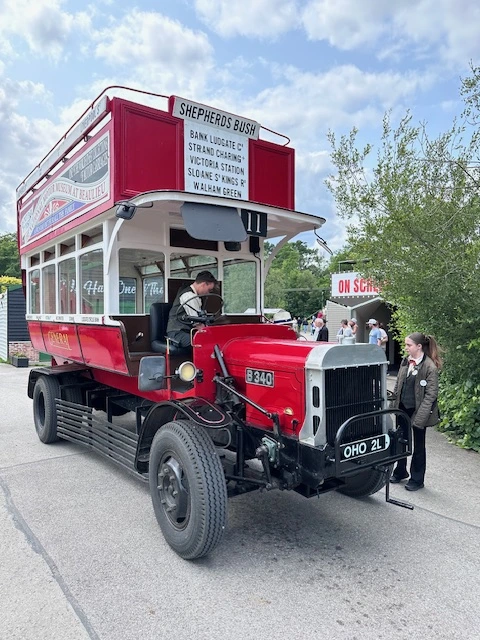
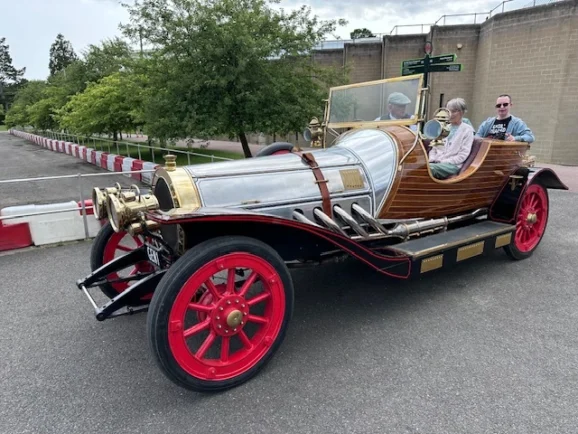
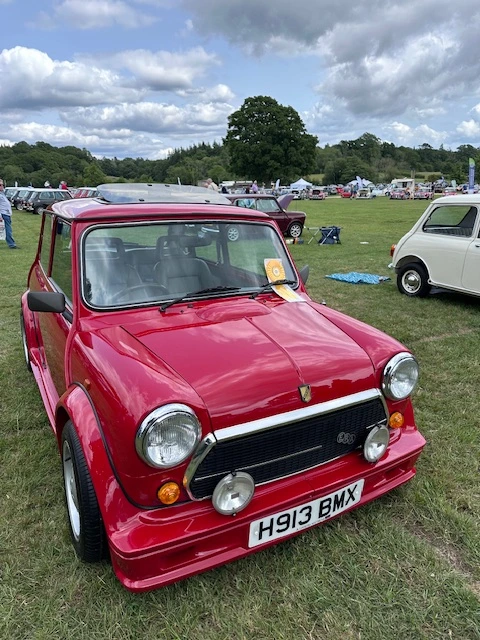
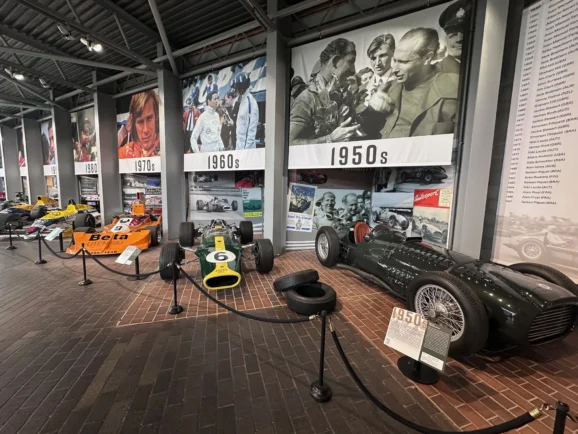
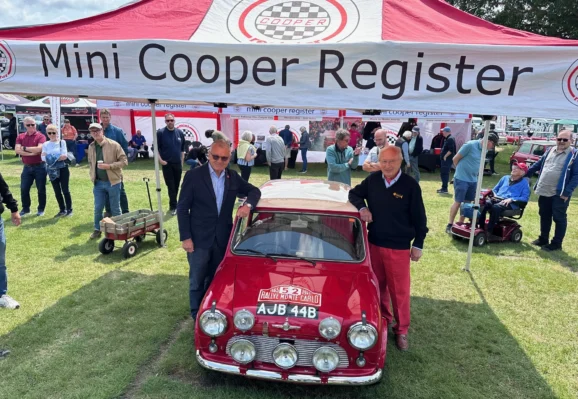
In the 1950s, his son Lord Edward Montagu continued that legacy by creating a small exhibition of vintage cars in the grounds of Palace House, the family’s grand residence. It was intended to attract a few more visitors but demand quickly outgrew expectations. By the 1970s, a purpose-built museum was commissioned, complete with a futuristic monorail inspired by a family trip to Disneyland in California.
The National Motor Museum now houses over 280 vehicles, offering a sweeping view of more than 130 years of automotive evolution. Unlike many car collections, it’s not crammed into a modern hanger or warehouse. Instead, it sits proudly within a rich landscape of heritage buildings, formal gardens, and medieval ruins. Visitors can tour Palace House, stroll the Beaulieu Abbey grounds, and even enjoy a ride on the vintage monorail or classic open-top bus.
Inside the museum itself, the collection covers everything from early horseless carriages and Edwardian racers to British design classics and motorsport legends. Among the stars are Donald Campbell’s 1964 Bluebird-Proteus CN7, the first car to top 400mph, and Major Henry Segrave’s Golden Arrow, a striking, art-deco-inspired machine that achieved 231.45mph in 1929.
Another centrepiece currently being restored in full public view is Segrave’s 1927 1,000hp Sunbeam, which famously broke the 200mph barrier. Nearby, Sir Malcolm Campbell’s 1920 Sunbeam 350hp, the first of the famous Blue Bird record breakers, is being prepared for a remarkable return to Pendine Sands in Wales on 21st July 2025—exactly 100 years after it set a then-record speed of 150.76mph. Fresh from winning top prize at the 2025 Heveningham Concours, the car will once again touch the sands that made it legendary.
A new temporary exhibition, open now, also celebrates 75 years of the Formula 1 World Championship, featuring nine iconic racing cars from teams including BRM, Lotus, Williams and Ferrari, with each representing a decade of engineering progress. For those feeling competitive, there’s also a full-size Formula 1 simulator, perfect for testing your reflexes.
Elsewhere in the museum, visitors can explore a vintage bicycle and vehicle repair shop, carefully relocated from Wedmore in nearby Somerset, and a mezzanine gallery that charts the evolution of the motorcycle from early examples to scooters and superbikes. In the museum’s quieter corners, gems like a Frazer Nash, an ex-Le Mans Porsche 917, and the wonderfully eccentric Outspan Orange (a 1970s Mini-based promotional car shaped like an orange) are also on show.
The museum alone easily fills an afternoon, but Beaulieu’s broader appeal lies in the full estate experience. Palace House remains home to the Montagu family and is open to visitors; the gardens are spectacular in summer; and children will love the vintage bus rides and working replica of Chitty Chitty Bang Bang, available for special tours.
Beaulieu’s events calendar is equally packed, with themed weekends running throughout the summer. July sees Simply Aston Martin, while August brings Supercar Weekend, alongside dedicated gatherings for Mercedes-Benz, Jaguar, and more. In September, the museum hosts the renowned International Autojumble, a must-visit for collectors and restorers.
Recent events include the Annual Mini Cooper Register Meeting, which paid tribute to Timo Mäkinen and Paul Easter’s famous 1965 Monte Carlo Rally win in the Mini Cooper S, AJB 44B. This year, the car and co-driver were reunited for a special anniversary photoshoot, watched by hundreds of devoted Mini fans from across the UK.
For European travellers arriving via London, Southampton or Bournemouth, Beaulieu is a straightforward and rewarding detour. Those hiring a car will enjoy a scenic drive through the New Forest, complete with wild ponies, winding roads, and traditional English pubs. And with Supercar Weekend fast approaching, now is the moment to see the museum in its most serene state before the crowds arrive and the engines start to roar.
For those planning a visit, Beaulieu makes an easy and rewarding addition to any southern England itinerary. The fact file below includes practical tips for making the most of the area, whether you’re staying locally or passing through on a wider itinerary.
Plan Your Visit
Covering 566 square kilometres across Hampshire and Wiltshire, this protected National Park is a mix of ancient woodland, lowland heath and open pasture, where wild ponies, cattle and donkeys still roam freely under centuries-old commoning laws.

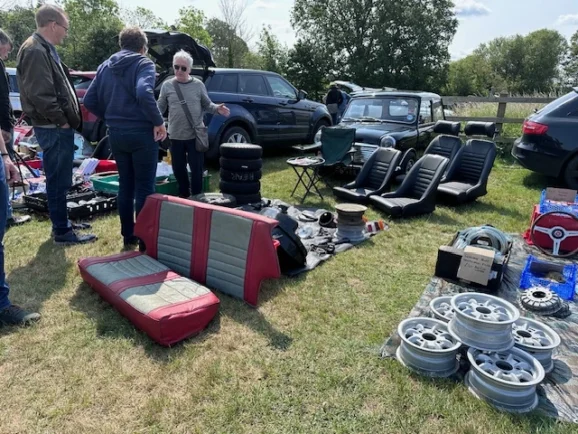

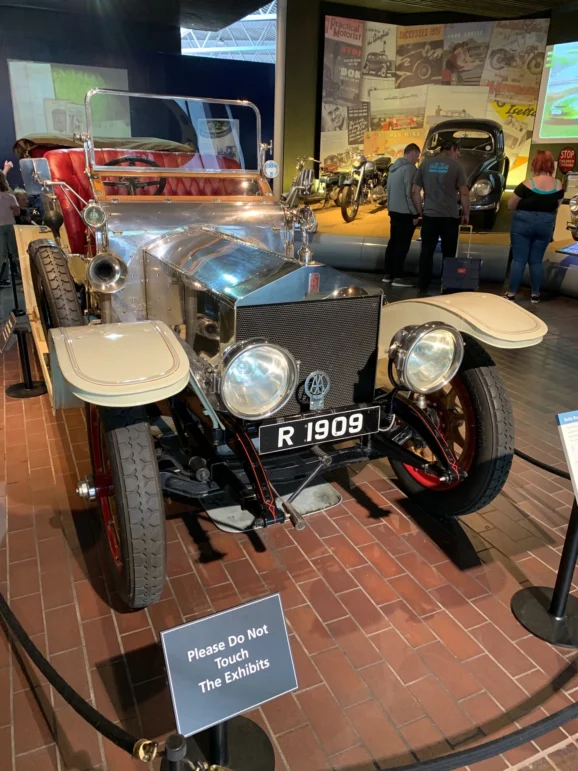
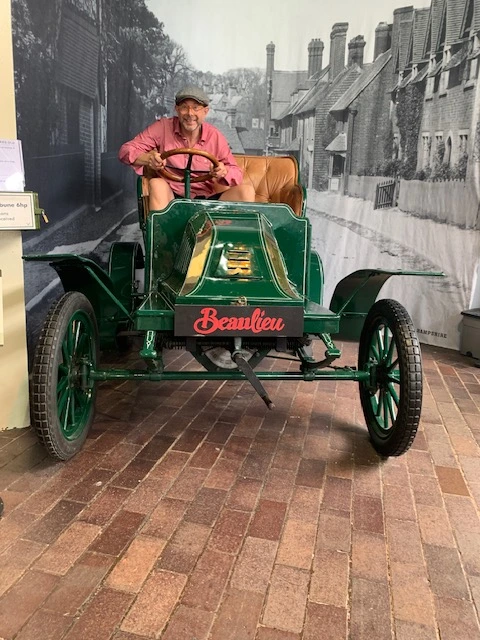
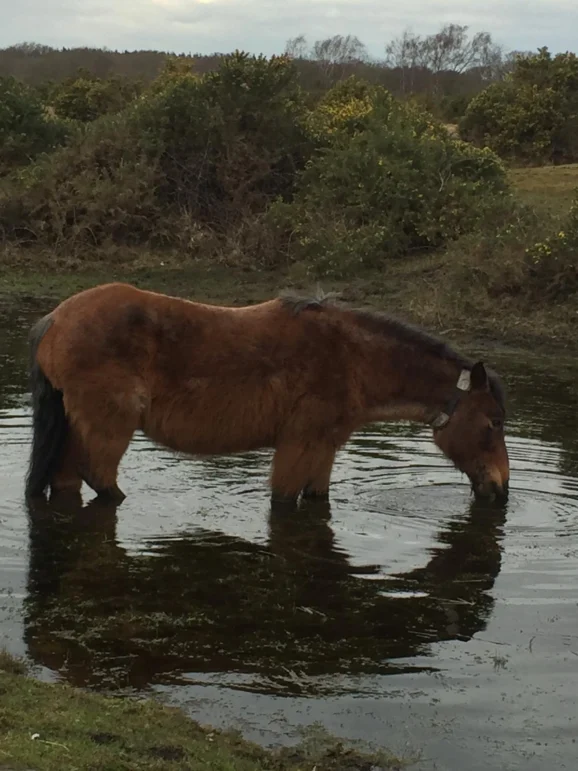
First established as a royal hunting ground by William the Conqueror in 1079, the New Forest retains a strong sense of its medieval identity. Today, it’s a peaceful, unhurried corner of the country that is ideal for walking, cycling, or simply slowing down between destinations. The coastline is just minutes away, and the forest’s network of trails, quiet roads and characterful villages makes it easy to explore at your own pace.
When you’re there, take time to visit Brockenhurst, where ponies often wander through the centre of the village, or follow one of the waymarked walking routes from Lyndhurst, the unofficial capital of the Forest. Cycling routes are well maintained, with bike hire available locally. The nearby town of Lymington is also worth a detour for its cobbled quay, Saturday market and sailing connections to the Solent.
Getting There
By train: Direct services from London Waterloo to Brockenhurst (approx. 90 minutes), with local taxi transfers to Beaulieu.
By car: Around 2 hours from central London; 30 minutes from Southampton or Bournemouth.
By air: Closest airports are Southampton, Bournemouth and London Heathrow.
Local Highlights
- Scenic walking and cycling trails through ancient woodland and heath
- Traditional pubs, tearooms and farm shops in Brockenhurst, Lyndhurst and Lymington
- Wildlife watching, including ponies, deer, and birdlife across the open heathland
- Coastal nature reserves and sailing opportunities along the Solent
- The New Forest Heritage Centre in Lyndhurst, offering exhibitions and local history
- Seasonal food festivals, open gardens and village fetes during summer months

Mark G. Whitchurch is a seasoned motoring journalist whose work—covering road tests, launch reports, scenic drives, major races, and event reviews—has appeared in The Observer, Daily Telegraph, Bristol Evening Post, Classic & Sports Car Magazine, Mini Magazine, Classic Car Weekly, AutoCar Magazine, and the Western Daily Press, among others. He won the Tourism Malaysia Regional Travel Writer of the Year in 2003 and is a member of The Guild of Motoring Writers.
All images: Supplied
Sign up to The European Newsletter
RECENT ARTICLES
-
 Why Greece’s recovery depends on deeper EU economic integration
Why Greece’s recovery depends on deeper EU economic integration -
 Why social media bans won’t save our kids
Why social media bans won’t save our kids -
 This one digital glitch is pushing disabled people to breaking point
This one digital glitch is pushing disabled people to breaking point -
 Japan’s heavy metal-loving Prime Minister is redefining what power looks like
Japan’s heavy metal-loving Prime Minister is redefining what power looks like -
 Why every system fails without a moral baseline
Why every system fails without a moral baseline -
 The many lives of Professor Michael Atar
The many lives of Professor Michael Atar -
 Britain is finally having its nuclear moment - and it’s about time
Britain is finally having its nuclear moment - and it’s about time -
 Forget ‘quality time’ — this is what children will actually remember
Forget ‘quality time’ — this is what children will actually remember -
 Shelf-made men: why publishing still favours the well-connected
Shelf-made men: why publishing still favours the well-connected -
 European investors with $4tn AUM set their sights on disrupting America’s tech dominance
European investors with $4tn AUM set their sights on disrupting America’s tech dominance -
 Rachel Reeves’ budget was sold as 'fair' — but disabled people will pay the price
Rachel Reeves’ budget was sold as 'fair' — but disabled people will pay the price -
 Billionaires are seizing control of human lifespan...and no one is regulating them
Billionaires are seizing control of human lifespan...and no one is regulating them -
 Africa’s overlooked advantage — and the funding gap that’s holding it back
Africa’s overlooked advantage — and the funding gap that’s holding it back -
 Will the EU’s new policy slow down the flow of cheap Chinese parcels?
Will the EU’s new policy slow down the flow of cheap Chinese parcels? -
 Why trust in everyday organisations is collapsing — and what can fix it
Why trust in everyday organisations is collapsing — and what can fix it -
 In defence of a consumer-led economy
In defence of a consumer-led economy -
 Why the $5B Trump–BBC fallout is the reckoning the British media has been dodging
Why the $5B Trump–BBC fallout is the reckoning the British media has been dodging -
 WPSL Group unveils £1billion blueprint to build a global golf ‘super-group’
WPSL Group unveils £1billion blueprint to build a global golf ‘super-group’ -
 Facebook’s job ads ruling opens a new era of accountability for artificial intelligence
Facebook’s job ads ruling opens a new era of accountability for artificial intelligence -
 Robots can’t care — and believing they can will break our health system
Robots can’t care — and believing they can will break our health system -
 The politics of taxation — and the price we’ll pay for it
The politics of taxation — and the price we’ll pay for it -
 Italy’s nuclear return marks a victory for reason over fear
Italy’s nuclear return marks a victory for reason over fear -
 The Mamdani experiment: can socialism really work in New York?
The Mamdani experiment: can socialism really work in New York? -
 Drowning in silence: why celebrity inaction can cost lives
Drowning in silence: why celebrity inaction can cost lives -
 The lost frontier: how America mislaid its moral compass
The lost frontier: how America mislaid its moral compass











